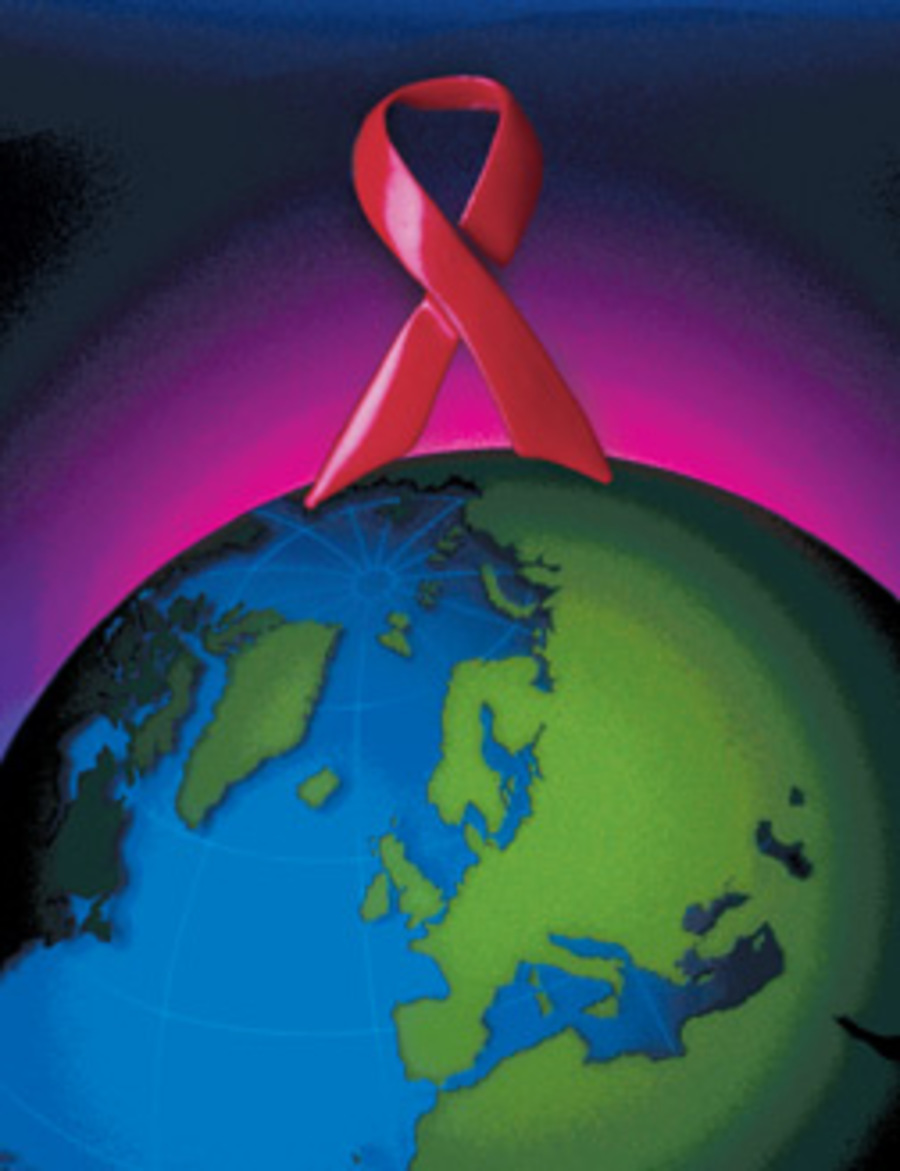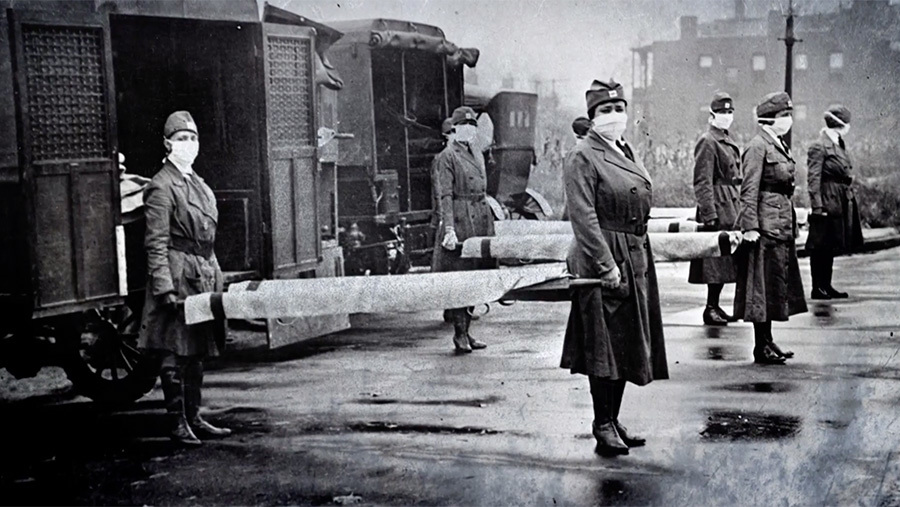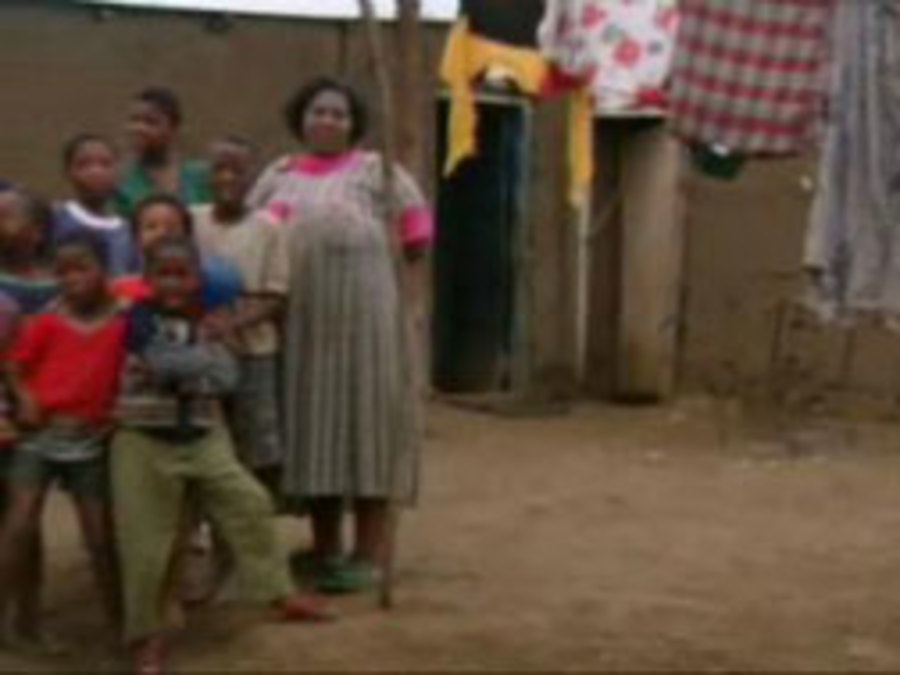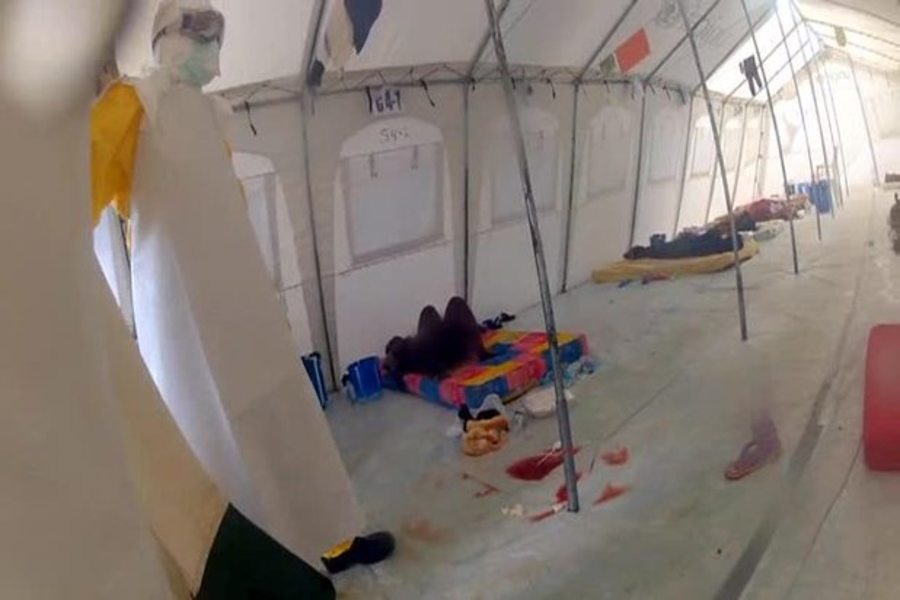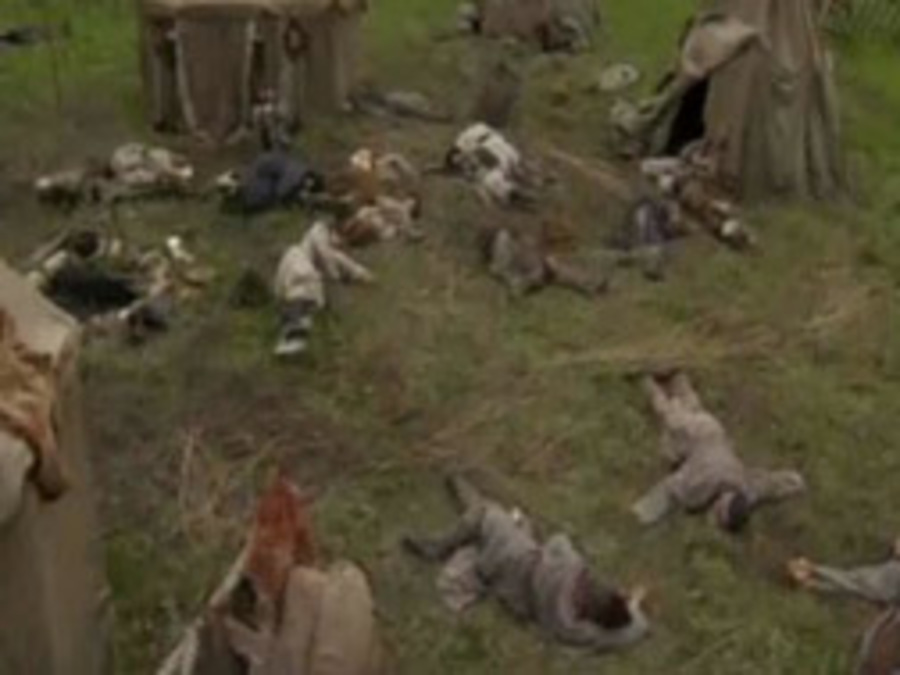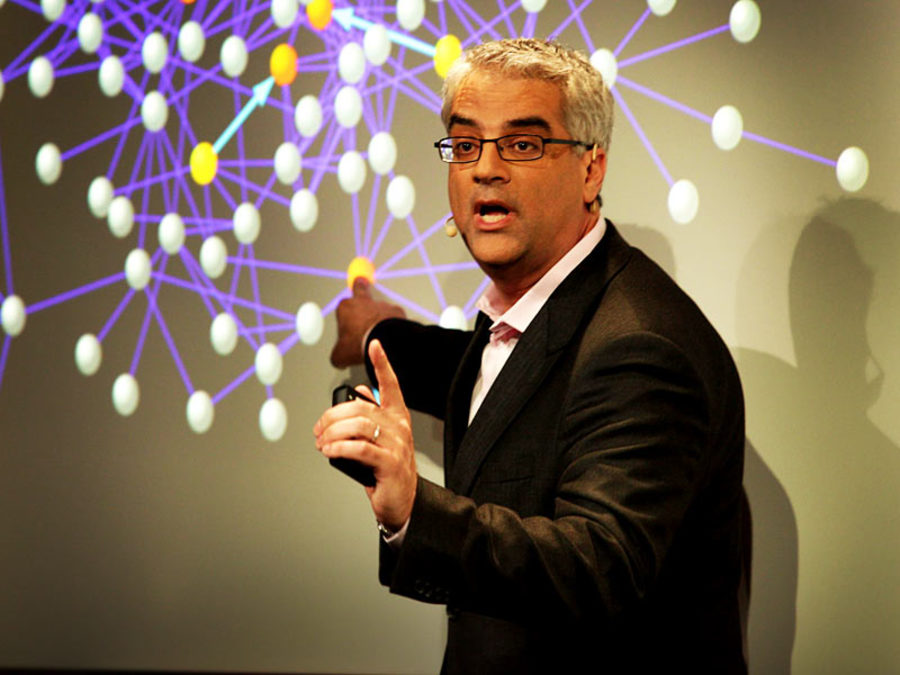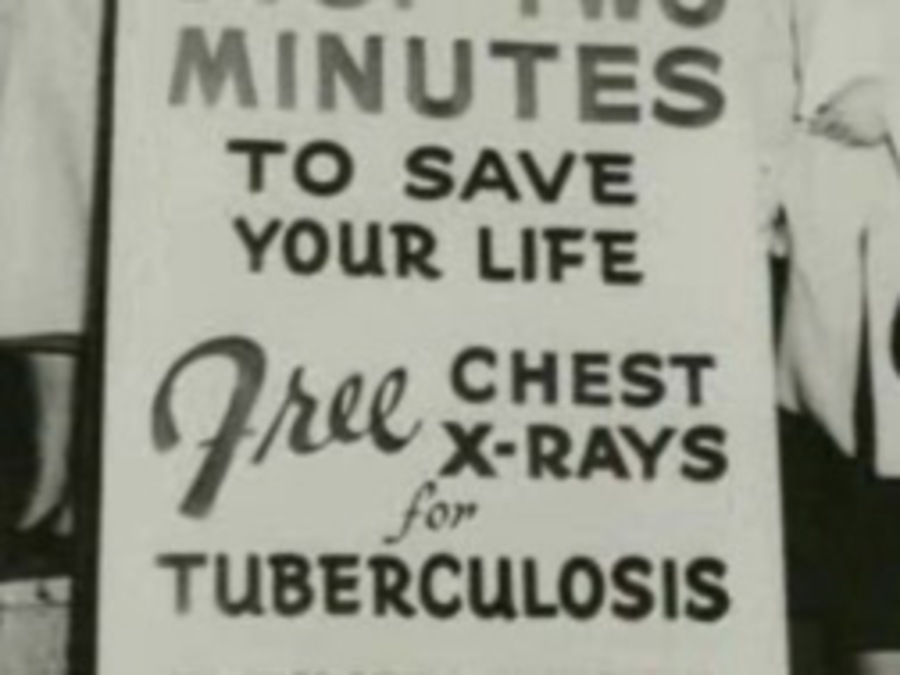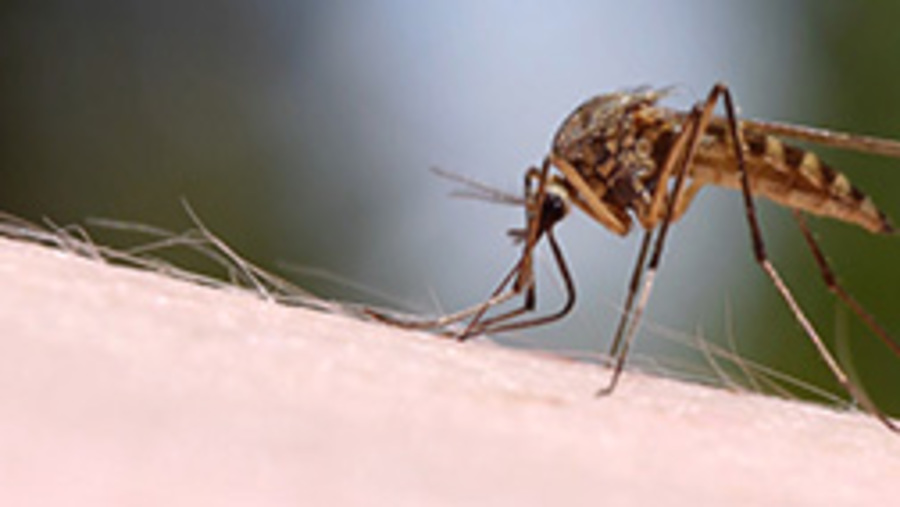 Try these videos to get started. Must be on campus or login with your COM account for off campus access.
Try these videos to get started. Must be on campus or login with your COM account for off campus access.
Want more on finding media? Try Articles & Media.
-
AIDS: A Global Crisis (27:59)
This program offers an excellent worldview of AIDS, providing background on the disease’s history, its transmission and symptoms, innovative awareness campaigns, and the ongoing search by scientists from around the globe to find an effective long-term treatment. Fred Valentine, director of the Center for AIDS Research at the New York University School of Medicine; Lawrence Altman, medical correspondent for The New York Times; Andrew McMichael, principal investigator for the Oxford AIDS Vaccine Initiative; and others share their insights into a pandemic that has already infected and killed tens of millions.
-
BBC The Emerging Viruses (50:25)
Scientists have identified over 200 viruses, and an estimated 1,000 more may lurk undiscovered throughout the world. This program examines current scientific research on emerging viruses. Live-action microscopy shows the impact of the HIV virus on the human immune system. Sophisticated animation depicting viral life cycles reinforces the concept that the best defense against dangerous viruses may well be a more complete understanding of how they work.
-
BBC The Flu That Killed 50 Million (48:52)
It is 1918 and the end of WWI. Millions have died, and the world is exhausted by war. But soon a new horror is sweeping the world, a terrifying virus that will kill more than fifty million people - the Spanish flu. Using dramatic reconstruction and eyewitness testimony from doctors, soldiers, civilians and politicians, this one-off special brings to life the onslaught of the disease, the horrors of those who lived through it and the efforts of the pioneering scientists desperately looking for the cure. Narrated by Christopher Eccleston, the film also asks whether, a century later, the lessons learnt in 1918 might help us fight a future global flu pandemic.
-
Infection: A History (51:02)
As a history of infection and contagion, this program tells a story of clever science and dumb luck, horror and hope. Filmed at locations worldwide, the video traces the battles fought against humanity’s oldest foes: diseases such as yellow fever, malaria, syphilis, cholera, smallpox, tuberculosis, polio, and perhaps the deadliest pandemic of all, AIDS. Health workers and epidemiologists on the front lines discuss the dynamics of combating disease, particularly in Africa, where AIDS ravages the continent. The growing problem of antibiotic resistance is also examined. Experts include Dr. David Ho, a virologist at the Pasteur Institute in Paris who has developed some of the most effective HIV drugs.
-
PBS Outbreak (56:07)
Why wasn't the Ebola outbreak stopped? When the largest Ebola outbreak on record began to devastate West Africa, why did it take so long for the world to respond? This film tells the vivid, inside story of how and why the Ebola outbreak in West Africa wasn't stopped before it was too late, drawing on revelatory and candid admissions of failure from key government and public health officials, including the President of Liberia, the Director of the Centers for Disease Control and Prevention, and multiple top World Health Organization officials.
-
The Plague (1:30:34)
t starts like the common cold. Then comes fever, baseball-sized black swellings on the neck, and coughing up blood. Few of those infected live more than two days, and in the three years since it first struck in 1437, almost half of Europe’s population had died. This A&E Special begins at the rat-infested ships that brought the bubonic plague as it tells the story of the Black Death—a scourge that penetrated peasant huts and the papal palace alike. Entries from diaries and journals offer up the actual words of plague victims, painting a livid portrait of suffering and fear. Distributed by A&E Television Networks. (90 minutes)
-
TEDTalks: Nicholas Christakis - How Social Networks Predict Epidemics
After mapping humans’ intricate social networks, Nicholas Christakis and colleague James Fowler began investigating how this information could better our lives. Now, he reveals his hot-off-the-press findings: these networks can be used to detect epidemics earlier than ever—from the spread of innovative ideas, to risky behaviors, to viruses (like H1N1).
-
Tuberculosis: The White Death (44:05)
At his memorable lecture before the Berlin Physiological Society on March 14, 1882, Robert Koch announced that he had discovered the tubercle bacillus as the cause of tuberculosis. This program traces the history of the disease as well as the successes and failures of a man whose legacy has impacted microbiology and infectious diseases to this day. The optimism in 1982 that tuberculosis would be eradicated by 2010 is no closer to reality than Koch’s announcement in 1882 that he had found the cure. The onset of AIDS and the evolution of multidrug-resistant strains of the tubercle bacillus has, in many cases, returned us to the time when supportive measures in sanatoriums provided the only cure.
-
The Virus Empire: Silent Killers and Invisible Enemies Series
During the 20th century, more people died from viral infections than from all the wars around the globe. During the 21st, in a world where air travel can quickly transport a human virus host to any population concentration on Earth, runaway pandemics or bioterror attacks could easily exceed that number. This alarming two-part call to action uses true-to-life dramatizations, detailed 3-D animations, and commentary by virus specialists, WHO and CDC administrators, and other experts to analyze the continual mutation and proliferation of the most diverse group of life forms on the planet—and to propose steps that must be taken to thwart them. 2-part series, 52-53 minutes each.
-
World War Zika (55:14)
Headlines about the Zika disease able to destroy the babies’ brains in the womb have shocked the world. Beyond the fear and awe-inspiring pandemic disease this film reveals the origins of this seemingly harmless disease secretly spread across half the world undetected for decades until it exploded in a deadly epidemic. Could it mutate and affect adults with more severe effects and could it cause delayed damages to children’s health for those born with the disease? The medical world is engaged in a race against time to try and answer these questions.
![]() Try these videos to get started. Must be on campus or login with your COM account for off campus access.
Try these videos to get started. Must be on campus or login with your COM account for off campus access.